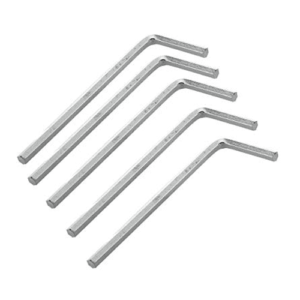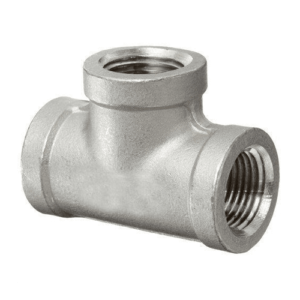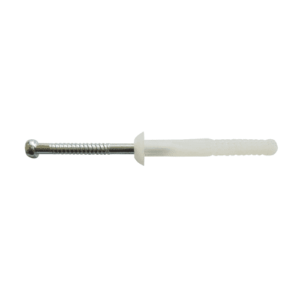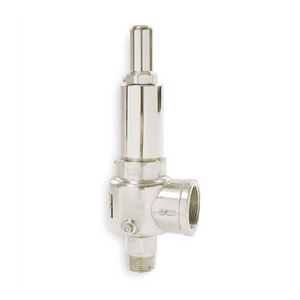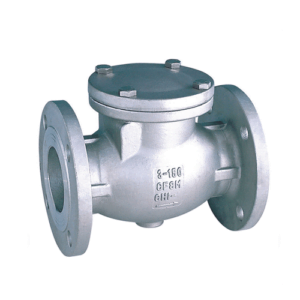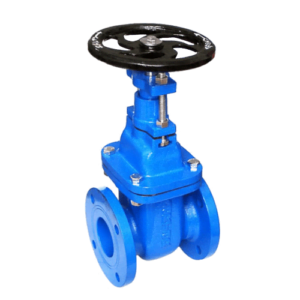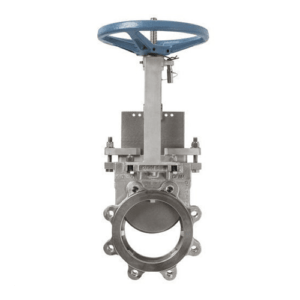Insulating sleeves
Insulating sleeves: Sleeves are used wherever cables need to be bundled and protected. They offer significant space savings and greater flexibility compared to conduits, for example. Whether it is mechanical protection, fire protection.
Welding Hoses
Welding Hoses: Hoses are used across industries to transfer various types of fuel gases for welding and cutting. Fuel gases such as acetylene, propane, and butane utilize different types of welding hoses. A clamp helps lock the gas on the hose end of the nipple.
Hand Gloves
Butterfly Valve: Butterfly Valve has a similar operation like Ball Valve. It is used to block the flow of Media (like Water, Chemical etc.). Generally, user preferred butterfly valve instead of ball valve because it is economical. It is available in Minimum size of 40mm. Butterfly valve has a simple structure which is contain Body, Seal, Stem, Rubber seat (Nitrile, EPDM, Viton), Disc (Sg Iron, SS) & Lever. It is easy to use by Lever & Gear. It will also operate by Actuator. Basically, up to 150mm butterfly valve is operated by Hand Lever & Above 150mm butterfly valve is Gear Operated.
There is various type of Butterfly Valves Like: –
According to Flow of circuit
- Wafer Type Butterfly Valve
- Semi Lug Type Butterfly valve.
- Lug Type Butterfly valve.
- Double Flanged Type Butterfly valve.
- Motorized Butterfly valve.
Butterfly valve is also known as quarter-turn valves in the family of Valves. Butterfly valve has a different type of pressure rating & Different usage which depends on MOC of rubber & Disc. Butterfly valve available in SG Iron (Cast Iron), Cast Steel, SS304, SS316, Aluminum body.
Hammers
Hammers: A hammer is a tool consisting of a weighted “head” fixed to a long handle that is swung to deliver an impact to a small area of an object. This can be, for example, to drive nails into wood, to shape metal (as with a forge), or to crush rock. Hammers are used for a wide range of driving, shaping, and breaking applications.
Pliers
Pliers: Pliers are a hand tool used to hold objects firmly, possibly developed from tongs used to handle hot metal in Bronze Age Europe. They are also useful for bending and compressing a wide range of materials.
Allen Keys
Allen Keys: A hex key, Allen wrench or Allen key, is a simple tool used to drive bolts and screws with hexagonal sockets in their heads. The tool is usually formed of a single piece of hexagonal rod of hard steel, with blunt ends that are meant to fit snugly into the screw’s socket, bent in an “L” shape with unequal arms.
Tools Kits
Tools Kits: Tools and equipment are terms that are often used interchangeably without knowing the actual difference between tools and equipment, but in fact, they have different definitions. Tools and equipment are not only two words that are often used in day to day life, but also two utensils that are often used every day as well.
Tool Set has the tools you need to tackle a variety of tasks around the house. Whether you’re doing basic repairs, hanging pictures or cutting through boxes, this tool kit will equip you with the high-quality essentials required to complete many DIY projects.
Flat Face Flange: Reliable Seal for Low-Pressure Connections
Flat Face Flange: A flat faced flange, abbreviated as FF, is a flange that is machined flat and does not have a ridge like a raised face or ring type joint flange. The flat surface allows for the gasket to have full contact with the entire mating surface.
Welding Neck Flange
Welding Neck Flange: A weld neck flange consists of a circular fitting with a protruding rim around the circumference. Generally machined from a forging, these flanges are typically butt welded to a pipe. The rim has a series of drilled holes that permit the flange to be affixed to another flange with bolts.
Tee
Tee: Pipe Tee is a type of pipe fitting which is T-shaped having two outlets, at 90° to the connection to the main line. It is a short piece of pipe with a lateral outlet. Pipe Tee is used to connect pipelines with a pipe at a right angle with the line. Pipe Tees are widely used as pipe fittings.
Sleeve Anchors
Sleeve Anchors: Sleeve anchors are the most versatile masonry expansion anchors because they can be used in a variety of base materials, including concrete, brick, and block. They are available in a wide variety of diameters, lengths, and head styles. The available head styles are acorn, hex nut, flat, countersunk, and round head.
Nylon Anchor
Nylon Anchor: Nylon Anchors are pre-assembled through fixing, a light duty nail expanding for solid masonry and hollow wall constructions. The design of the expansion nail used in the Nylon Anchor is such that it can be removed if need be.
Mechanical Anchor: Reliable Fastening Solution for Heavy Loads
Mechanical Anchors from Induskart : Our mechanical anchors are designed to install easily and securely into a variety of base materials — from concrete and brick to hollow and grouted CMU. They offer optimal performance even in the most demanding structural applications. For applications where there is a risk of concrete cracking, specific anchors have been designed and tested to offer reliability under these conditions.
Safety Valve
Valve: Valves are for starting or stopping flow, regulating or throttling flow, preventing back flow or relieving and regulating pressure in fluid or gaseous handling applications. Common valve types include: Ball, Butterfly, Check, Diaphragm, Gate, Globe, Knife Gate, Parallel Slide, Pinch, Piston, Plug, Sluice, etc.
Safety Valve: A safety valve is a valve that acts as a fail-safe. An example of safety valve is a pressure relief valve, which automatically releases a substance from a boiler, pressure vessel, or other system, when the pressure or temperature exceeds preset limits.
Non Return Valve
A non-return valve, also known as a check valve, is designed to allow fluid to flow through it in only one direction. This type of valve is crucial for preventing the backflow of fluid, which could potentially cause damage or disrupt operation in systems like pumping stations, hydraulic systems, and water supply networks. Non-return valves automatically open under forward flow and close when the flow ceases or reverses, operating entirely by the pressure of the fluid being handled without the need for manual intervention. Their simple design and effective functionality make them indispensable in maintaining the integrity and efficiency of fluid control systems.
Sluice Valve: Reliable Flow Control for Your System
Valve: Valves are for starting or stopping flow, regulating or throttling flow, preventing back flow or relieving and regulating pressure in fluid or gaseous handling applications. Common valve types include: Ball, Butterfly, Check, Diaphragm, Gate, Globe, Knife Gate, Parallel Slide, Pinch, Piston, Plug, Sluice, etc.
Sluice Valve: A gate valve, also known as a sluice valve, is a valve that opens by lifting a barrier out of the path of the fluid. Gate valves require very little space along the pipe axis and hardly restrict the flow of fluid when the gate is fully opened. The gate faces can be parallel but are most commonly wedge-shaped.
Knife Edge Valve
A knife edge valve, more commonly known as a knife gate valve, is designed for on-off and throttling services, handling slurries, viscous, corrosive, and abrasive media. This type of valve features a sharp blade, which helps it cut through thick liquids and sludge with ease, making it highly effective in industries such as wastewater treatment, mining, and paper manufacturing. The knife gate valve’s design allows it to provide a tight seal even when dealing with fluids that contain solids, thereby preventing leaks and ensuring efficient flow control. Its ability to handle high-density fluids and its robust construction make it a preferred choice for challenging industrial applications.











